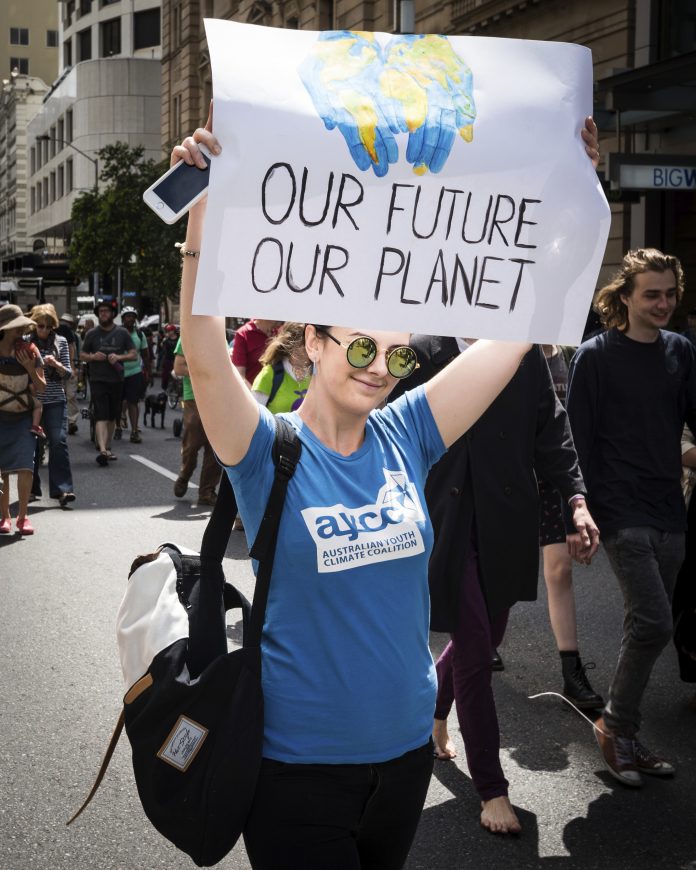Niels Debonne, a member of the Dutch chapter of the Scientist Rebellion campaign group and assistant professor of Geography at Vrije Universiteit Amsterdam, a public research university in Amsterdam, Netherlands, believes that climate activism should be acknowledged as a form of science communication.
Debonne has integrated his activism into his professional life, even including it in grant applications to showcase his commitment to societal engagement, as Inside Higher Ed reported.
He told the publication, however, that doing so has come with “penalties” such as being shunned from academic circles and could even affect his promotions.
While Debonne’s activism comes with penalties in Europe, the attitude toward climate activism in the United States is different, with many public institutions treating it as a form of research and even requiring activism in some instances.
Nicholas Giordano, a Campus Reform Higher Education Fellow, recently expressed concerns on Fox Business about the requirement in some U.S. states for K-12 educational systems to incorporate climate change activism across various subjects.
Ignoring the concern that activism stunts a balanced education, some states like New Jersey have adopted standards that mandate climate change education across a broad range of disciplines, including visual and performing arts, physical education, and world languages.
In California, college students can even earn money by participating in climate activism.
The California College Corps is awarding over 3,000 low-income students with $10,000 each to help cover their tuition costs. In exchange, these students must complete 450 hours of community service work, with an emphasis on climate change activism. This program, affiliated with California’s Office of the Governor, as it was last reported, includes 3,200 students across 46 universities in the state – some of the participants are students covered under the AB 540 CA Dream Act, a policy that allows DACA-status students to qualify for in-state tuition.
The community service work includes various activities, such as tutoring or mentoring in K-12 education, addressing food insecurity, and taking climate action. The 450 hours of service are expected to be completed during the academic year, effectively compensating students at a rate higher than California’s minimum wage.
Originally published by Campus Reform. Republished with permission.
For more great content from School Reform News.
For more from The Heartland Institute.








